This Portuguese winery looks like it grew from the landscape itself
Architect Sérgio Rebelo distils the essence of Portugal’s Douro Valley into a new timber-framed winery for Quinta de Adorigo

Amid the rolling hills of Portugal’s Alto Douro Vinhateiro, where Unesco-protected vineyard terraces have been carved into the earth for millennia, Portuguese architect Sérgio Rebelo has created a winery that feels like it grew from the landscape itself. The recently completed Quinta de Adorigo, nestled 90km from Porto in the heart of the Douro Valley, unfolds across a 24-hectare estate as a sinuous structure that cleaves to the natural contours of the land.
A grape escape: Quinta de Adorigo
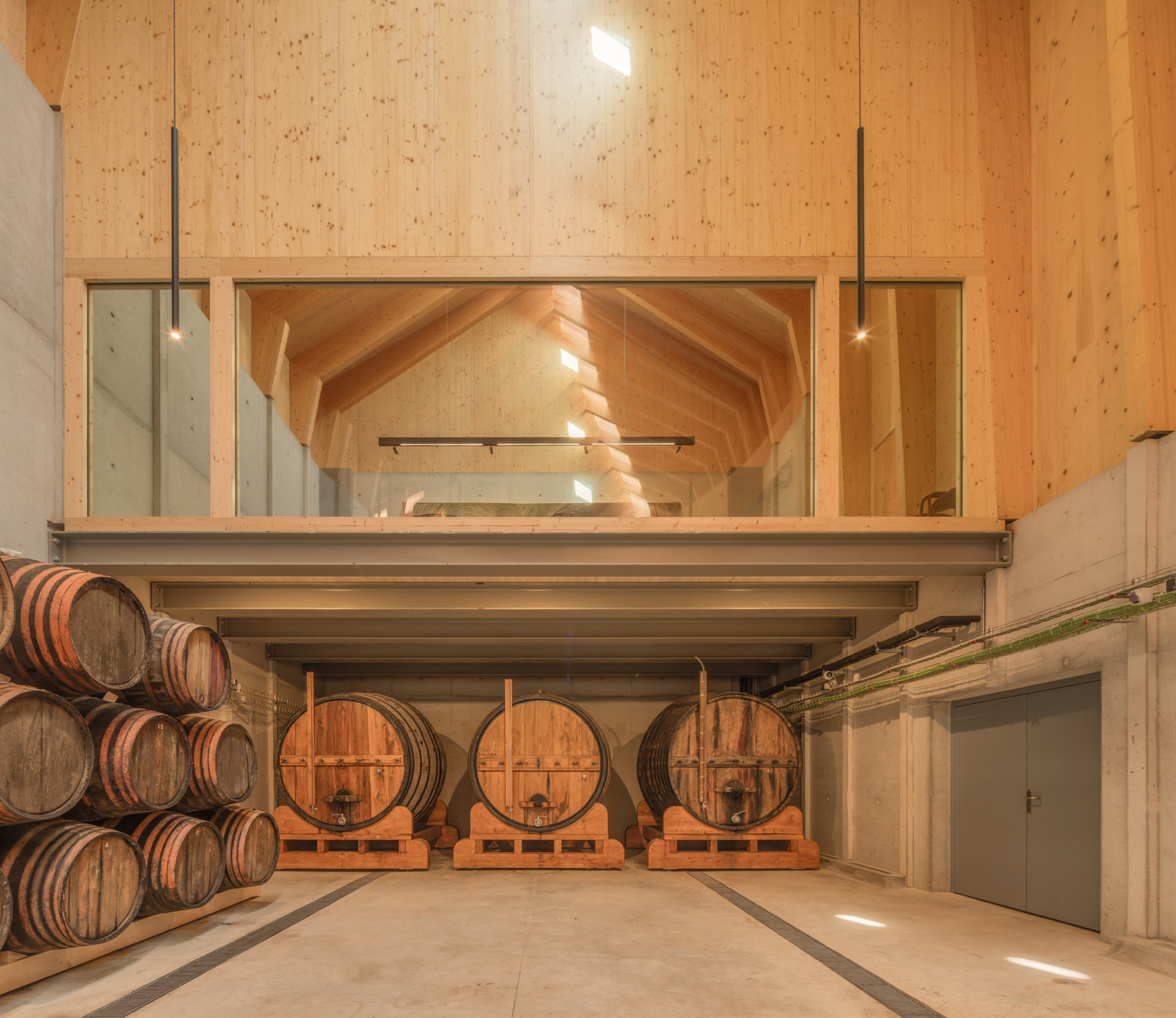
The ribbed roof as seen from the barrel room
The client’s brief was refreshingly open, with the only stipulation being to design a hotel and a winery capable of producing 300,000 bottles. Mission accomplished; the property produces Port wines alongside a series of lush reds and perky whites from more than 40 grape varieties, spanning both heritage vines and new plantings.
Rebelo’s creative approach focused on honouring the past while embracing the future, a task complicated by the fact that the project sits in such a culturally and ecologically sensitive landscape. ‘How would we responsibly design a building that is both modern and iconic, and yet merged with this historic landscape?’ he asks. ‘The response was to develop a structure that is technically innovative, but expands the acquired knowledge of vernacular wine structures.’ To that end, Rebelo assembled a crack team of experts, including an oenologist and historian, to research how wineries and architecture have evolved in this region through the centuries.
A key challenge was to maintain perfect wine-ageing conditions year-round despite extreme temperature swings. ‘In the Douro Valley, temperatures range from -5 °C in winter to above 40°C in summer,’ he says. His solution was to bury most of the building, exposing only the north-facing façade for passive climate control, supplemented by geothermal systems. The result uses an eighth of the energy of a conventional winery. Elsewhere, water flows through the property in a cycle of collection and reuse, while native plants attract symbiotic insects to the vines.
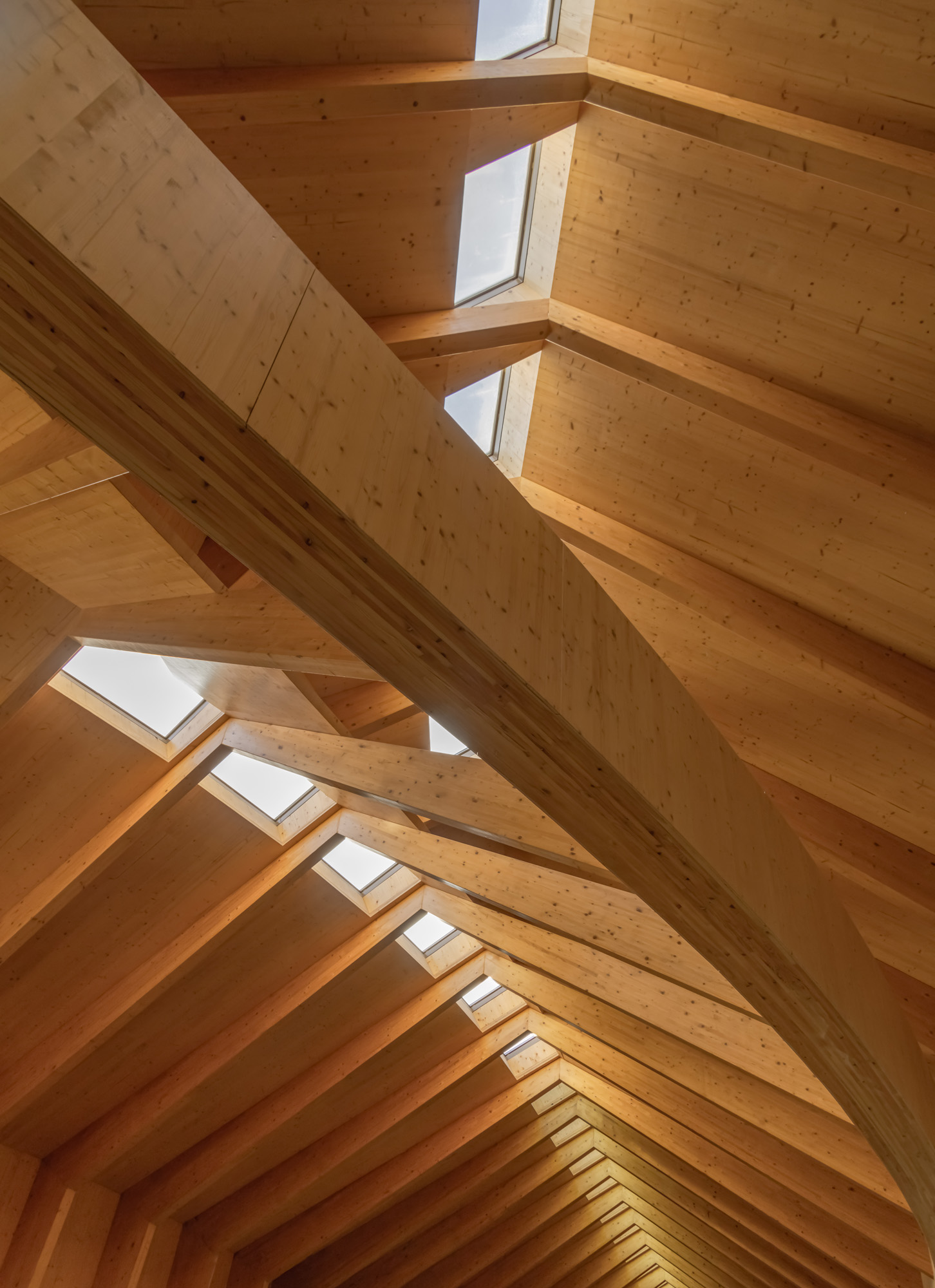
The design follows the terroir, its gentle curves mirroring the patterns of surrounding vineyards, while avoiding direct mimicry so that the eye is drawn down the estate’s cultivated terraces. This harmonious progression shapes the building’s layout, a series of connected spaces that follow the existing slope, where each level plays a role in the grape-to-bottle journey. It’s a structural metaphor for the way wine flows through the production process by gravity – a practice as old as the way wine has been produced in this region since Roman times.
The soaring roof reimagines traditional Portuguese timber construction in a way that feels both grounded and ethereal, as the wooden frame turns into a sculptural canopy that seems to breathe with the surrounding hills. It’s easy to imagine that it will age beautifully, just like the wines it houses.
The material palette draws from the Douro landscape – warm pinkish browns, sage greens and soft greys through local schist and granite, while the façade uses specially crafted concrete panels made nearby. Choosing wood over concrete wherever possible cuts carbon emissions by 40 per cent.
Receive our daily digest of inspiration, escapism and design stories from around the world direct to your inbox.
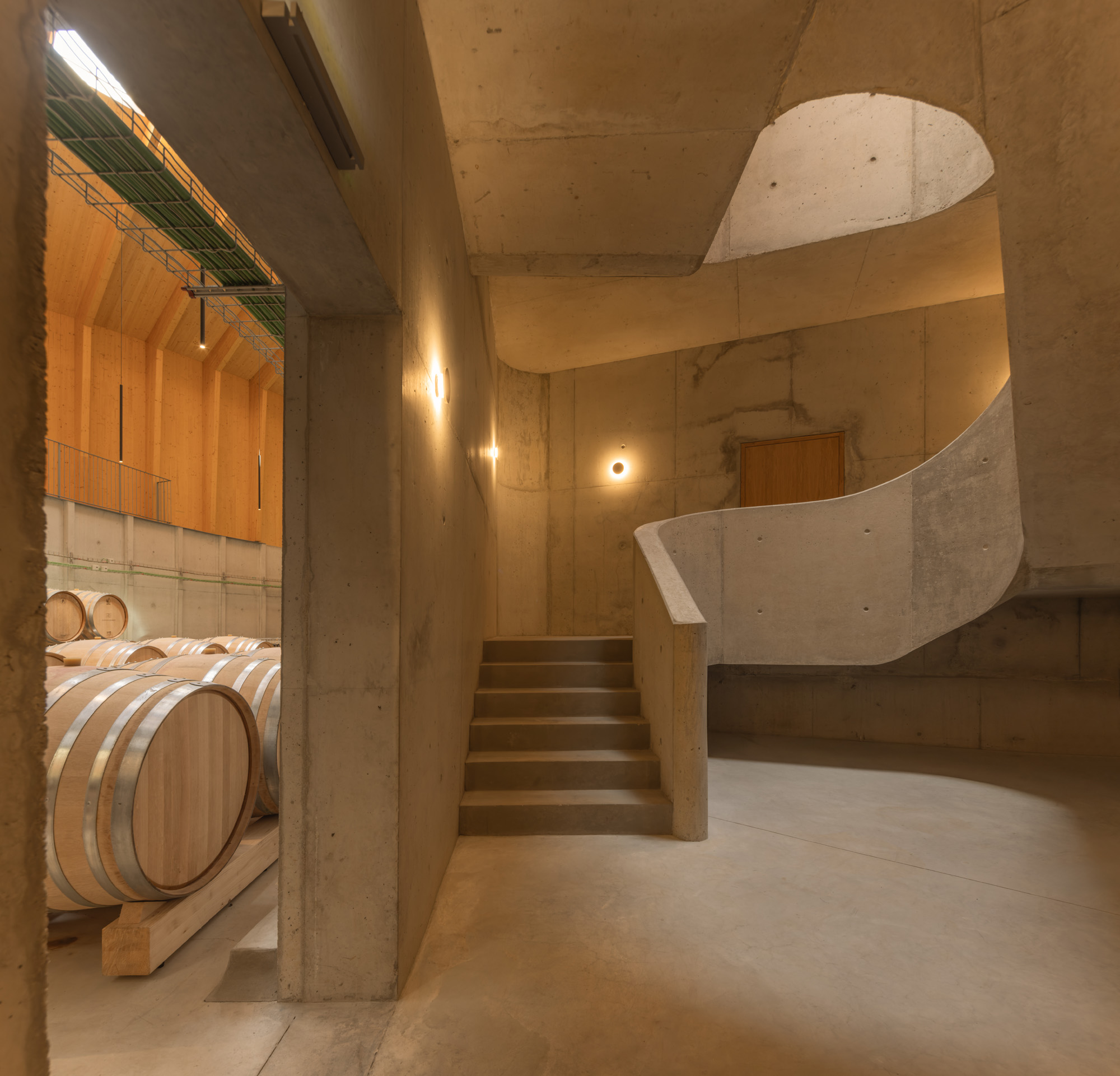
Equally organic is the guest experience. From the welcoming entrance, with its curated wine shop, visitors ascend to a light-filled meeting room and spacious tasting gallery where floor-to-ceiling windows frame panoramic views of both the working cellars below and the vine-covered hills beyond.
The winery represents the first phase of Rebelo’s broader remit for the estate, which includes a 25-room hotel, adjacent to the winery, due for completion in December 2026. Rebelo envisions this as ‘a 21st-century monastery, a place of reconnection with the self, and with nature’, organised around a central courtyard with fragmented volumes that frame views of the striking Douro landscape between each building.
Quinta de Adorigo is located at Q.ta de Santo António, 5120-011 Tabuaço, Portugal.
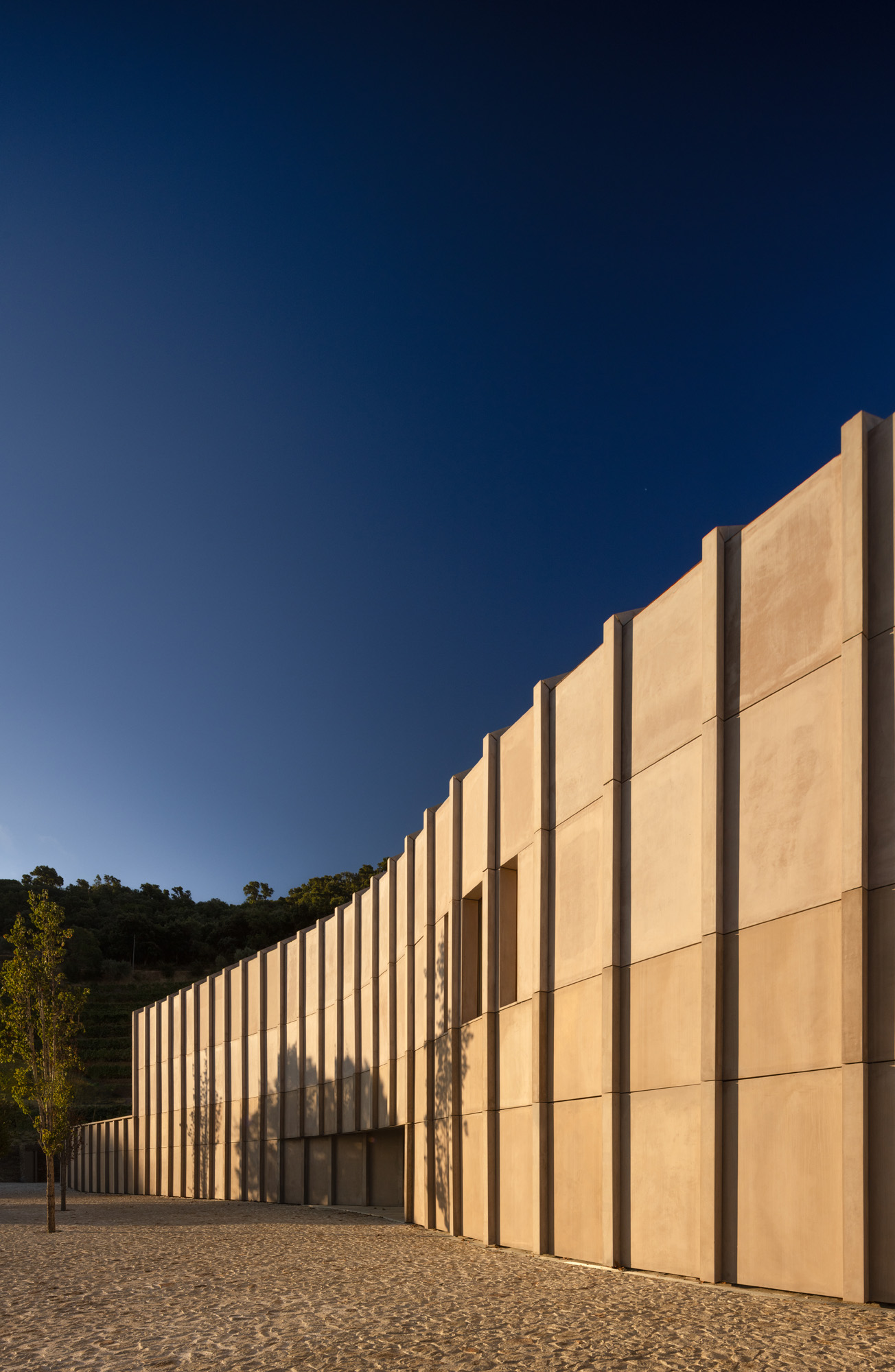
This article appears in the December 2025 Entertaining Issue of Wallpaper* , available in print on newsstands, on the Wallpaper* app on Apple iOS, and to subscribers of Apple News + from 6 November. Subscribe to Wallpaper* today
Daven Wu is the Singapore Editor at Wallpaper*. A former corporate lawyer, he has been covering Singapore and the neighbouring South-East Asian region since 1999, writing extensively about architecture, design, and travel for both the magazine and website. He is also the City Editor for the Phaidon Wallpaper* City Guide to Singapore.
-
 In Sou Fujimoto’s far-flung Not A Hotel villa, solitude feels almost planetary
In Sou Fujimoto’s far-flung Not A Hotel villa, solitude feels almost planetaryAn underwater sauna, an infinity pool and a circular courtyard garden are just a few of the highlights at Not A Hotel’s latest outpost, on Japan’s Ishigaki Island
-
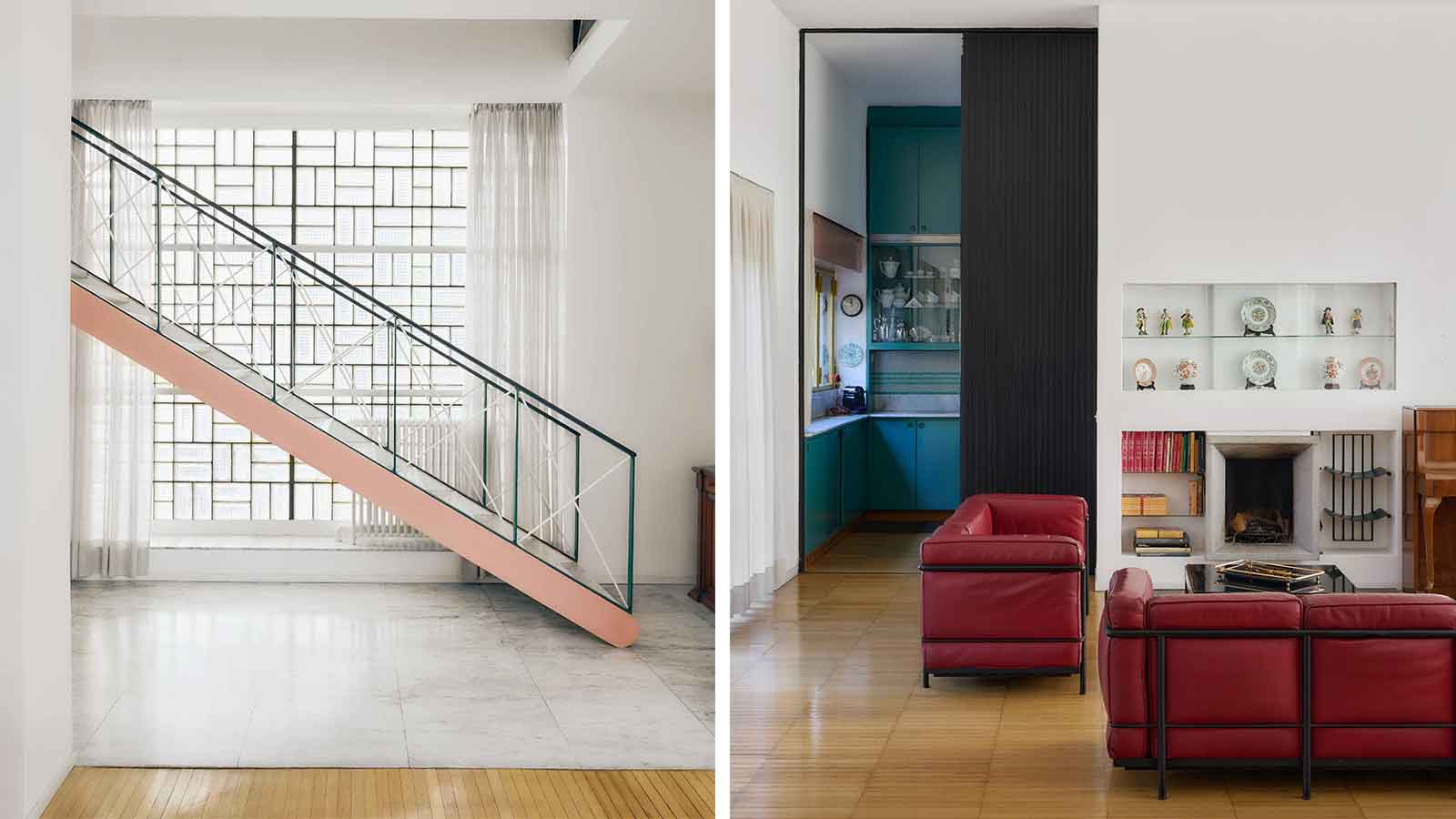 Alcova 2026 locations include a Rationalist gem and an abandoned church
Alcova 2026 locations include a Rationalist gem and an abandoned churchAlcova returns for an 11th edition in 2026 (20-26 April), once again opening up two exclusive Milanese locations, the Baggio Military Hospital and Franco Albini's Villa Pestarini
-
 McLaren Special Operations deals itself a winner with the Las Vegas-inspired Project Viva
McLaren Special Operations deals itself a winner with the Las Vegas-inspired Project VivaWe delve into the world of McLaren Special Operations, discover what the deal is with Project Viva, spec our own hypercar and explore the role of the Pure McLaren experience
-
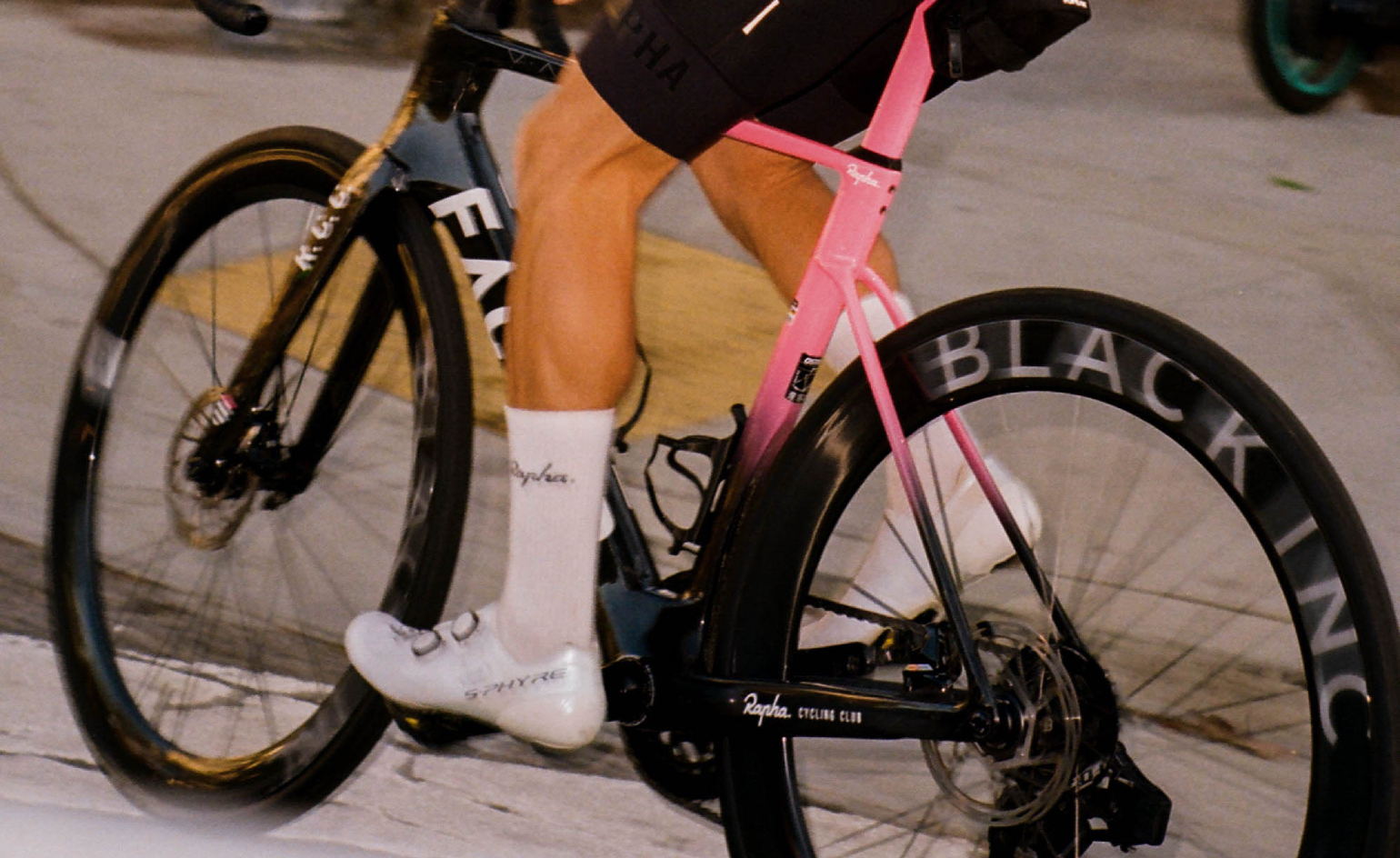 The Viceroy Hotel Group wants you to get on your bike
The Viceroy Hotel Group wants you to get on your bikeAcross properties in Santa Monica, Chicago, Washington DC and the Algarve, Viceroy guests can experience curated cycling routes and community events
-
 Two new villas extend Christian Louboutin’s exuberant Portuguese hotel
Two new villas extend Christian Louboutin’s exuberant Portuguese hotelA pink, kasbah-inspired residence and a whitewashed boathouse join the French shoe designer’s Vermelho Hotel in Melides, Alentejo
-
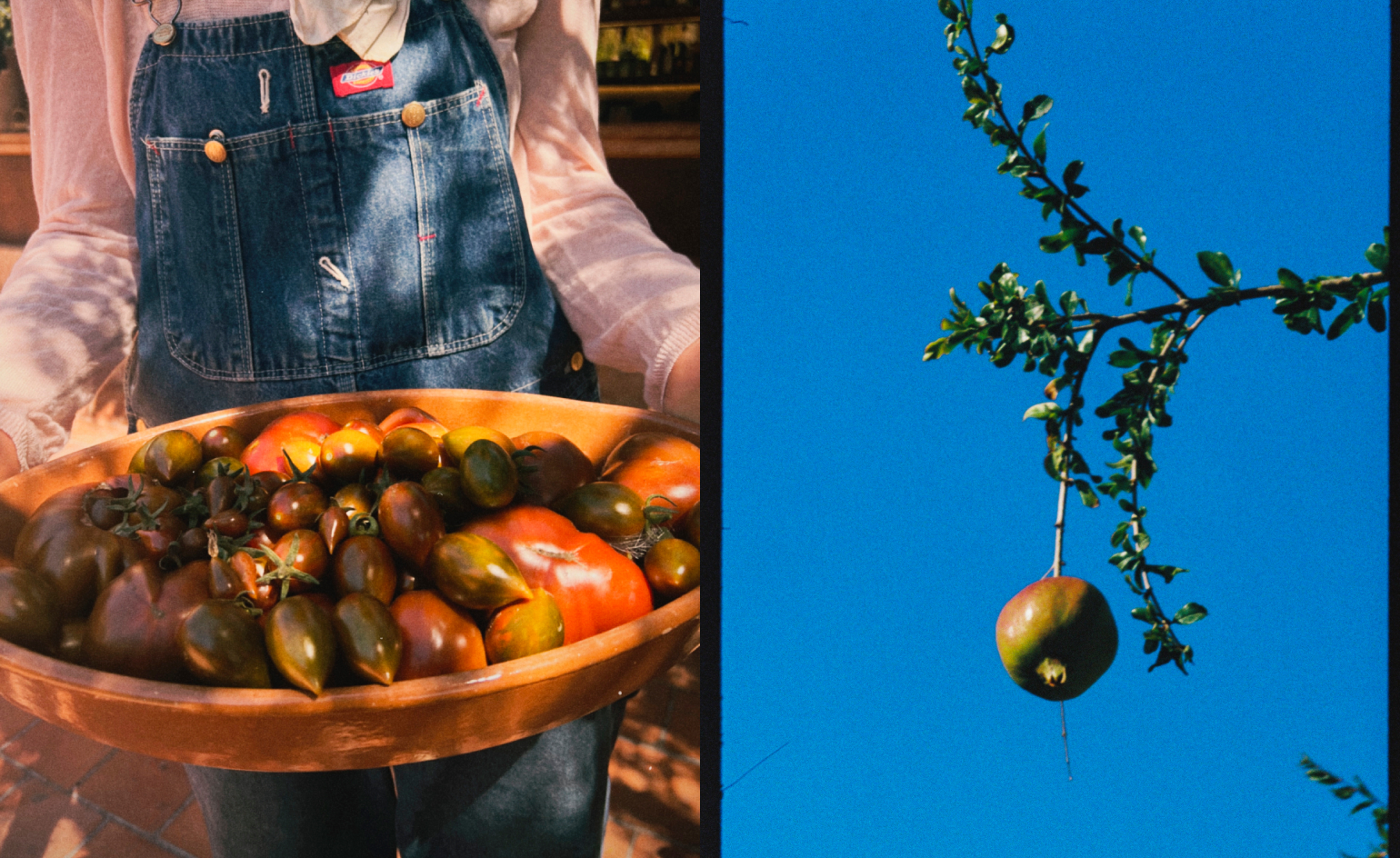 Do luxury hotels need a farmer-in-residence?
Do luxury hotels need a farmer-in-residence?From Ibiza to Indonesia, hospitality brands are cultivating a new travel experience, where wellness begins in the soil and ends at the table
-
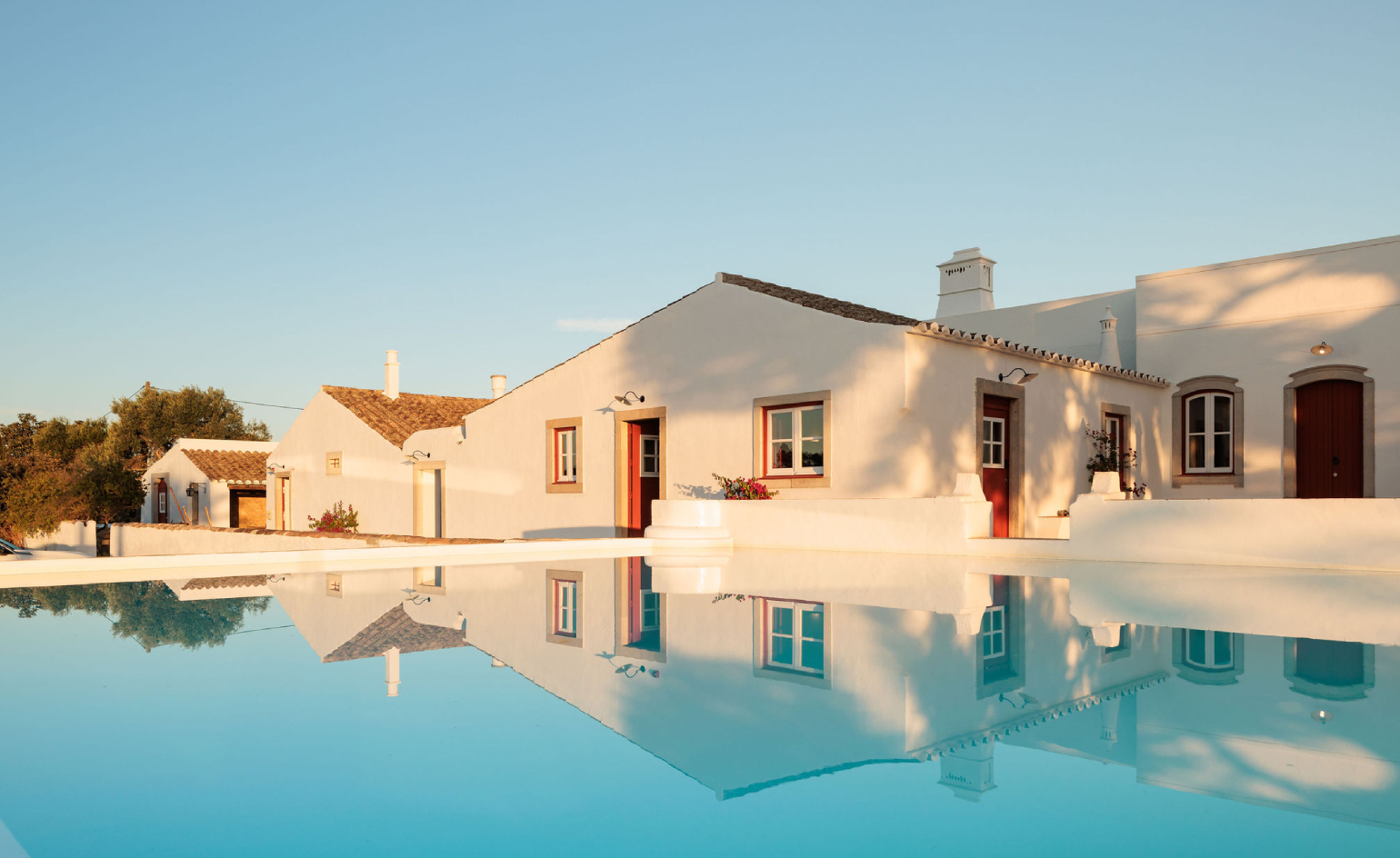 Wallpaper* checks into Quinta do Pinheiro, an easy-breezy farmhouse in the Algarve
Wallpaper* checks into Quinta do Pinheiro, an easy-breezy farmhouse in the AlgarveIn this private five-casa quinta by the Ria Formosa, it’s all about blending rustic charm with modern comfort
-
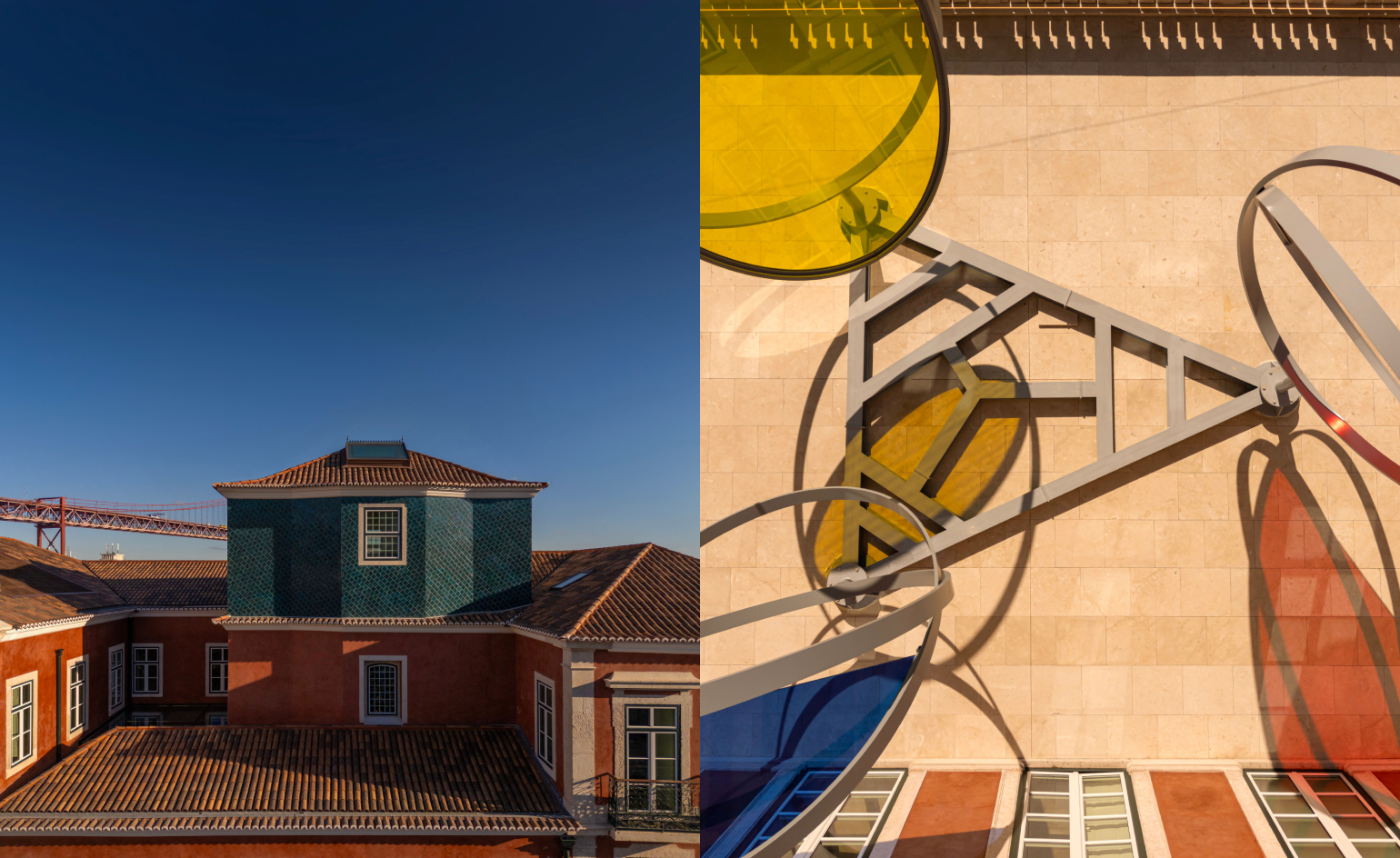 Wallpaper* checks in at MACAM Hotel: a night at the museum
Wallpaper* checks in at MACAM Hotel: a night at the museumPortugal’s first hotel-museum is home to 600 pieces of modern and contemporary art and 64 rooms for the ultimate artistic immersion
-
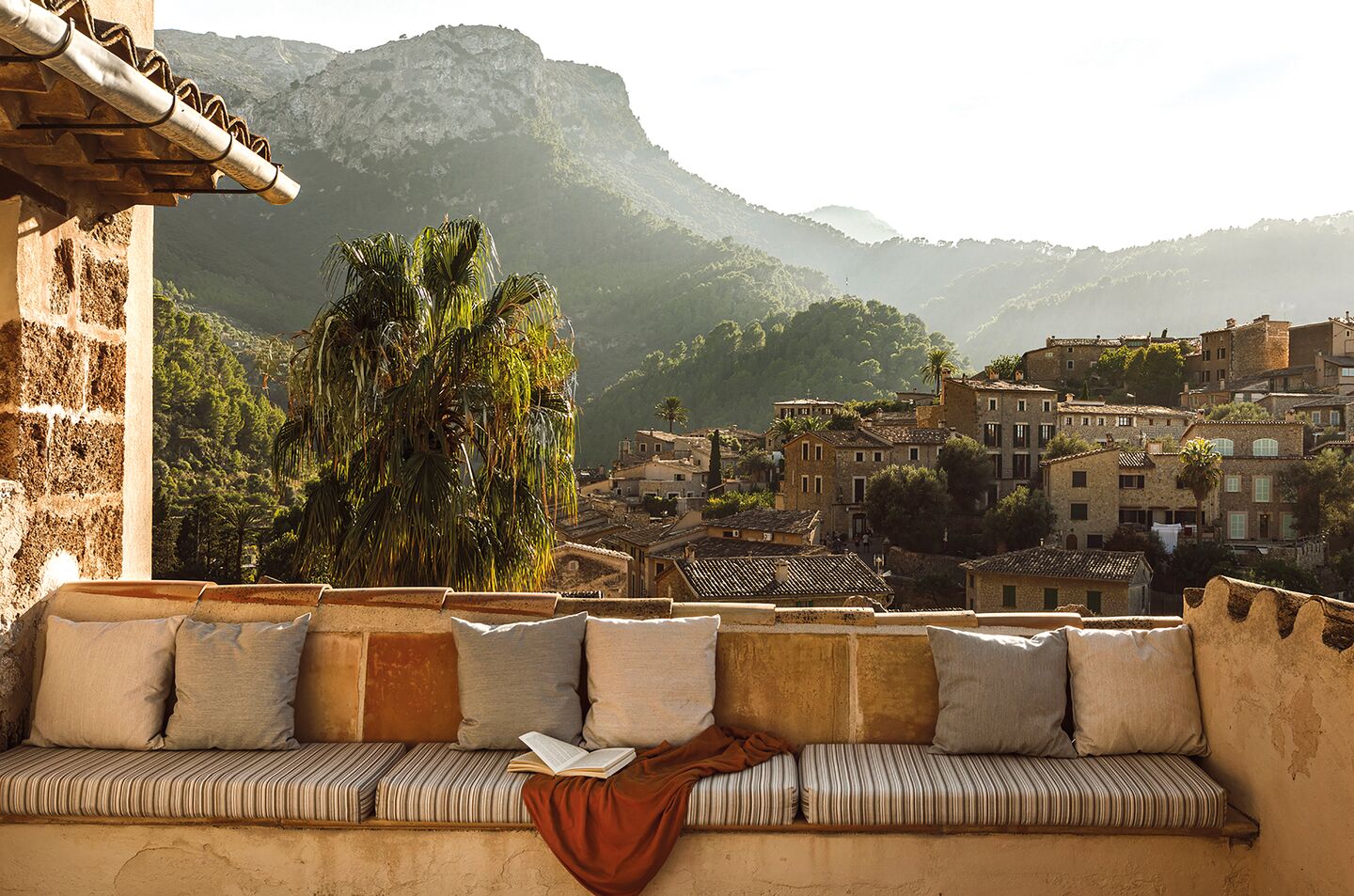 Sun-soaked European destinations to visit in spring
Sun-soaked European destinations to visit in springDreaming of Florentine palazzos and Greek islands now that the weather is starting to turn? Check into one of these beautiful European hotels and holiday homes
-
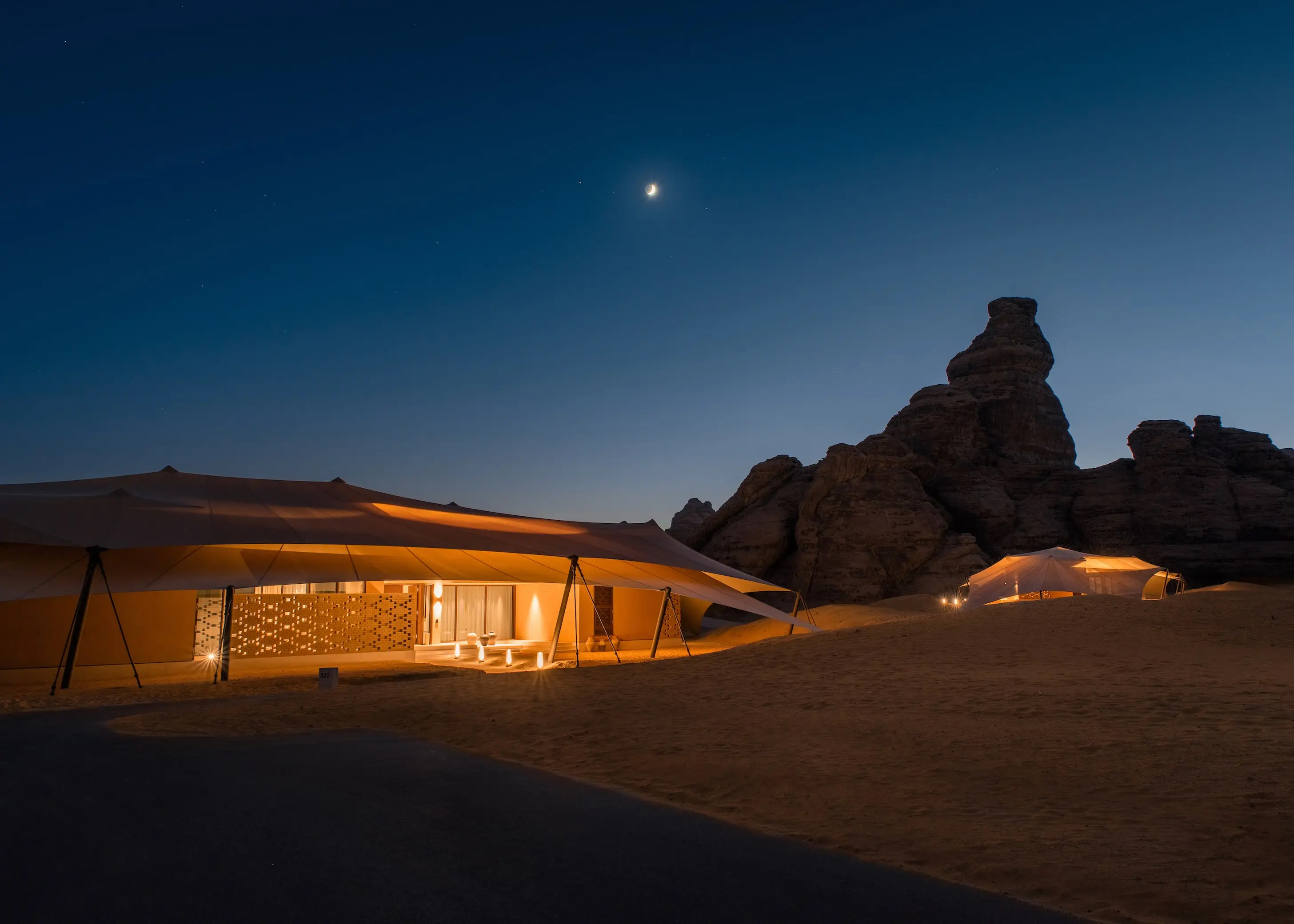 The world's most heavenly destinations for astrotourism in 2025
The world's most heavenly destinations for astrotourism in 2025We're in for a big year for celestial events. These are the world's best hotels to see the cosmos as you've never seen it before
-
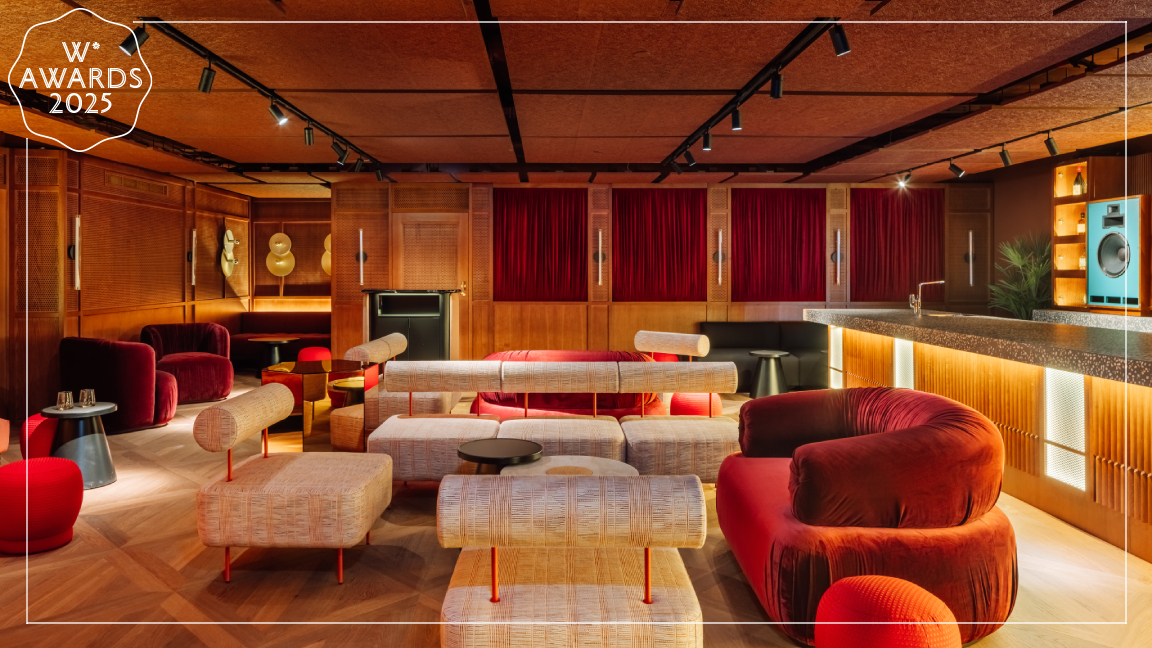 Wallpaper* Design Awards 2025: meet the travel winners transcending destinations
Wallpaper* Design Awards 2025: meet the travel winners transcending destinationsDiscover the Wallpaper* Design Awards 2025 travel winners – the year’s places to stay, dine, drink and join – and watch our video to find out why they won